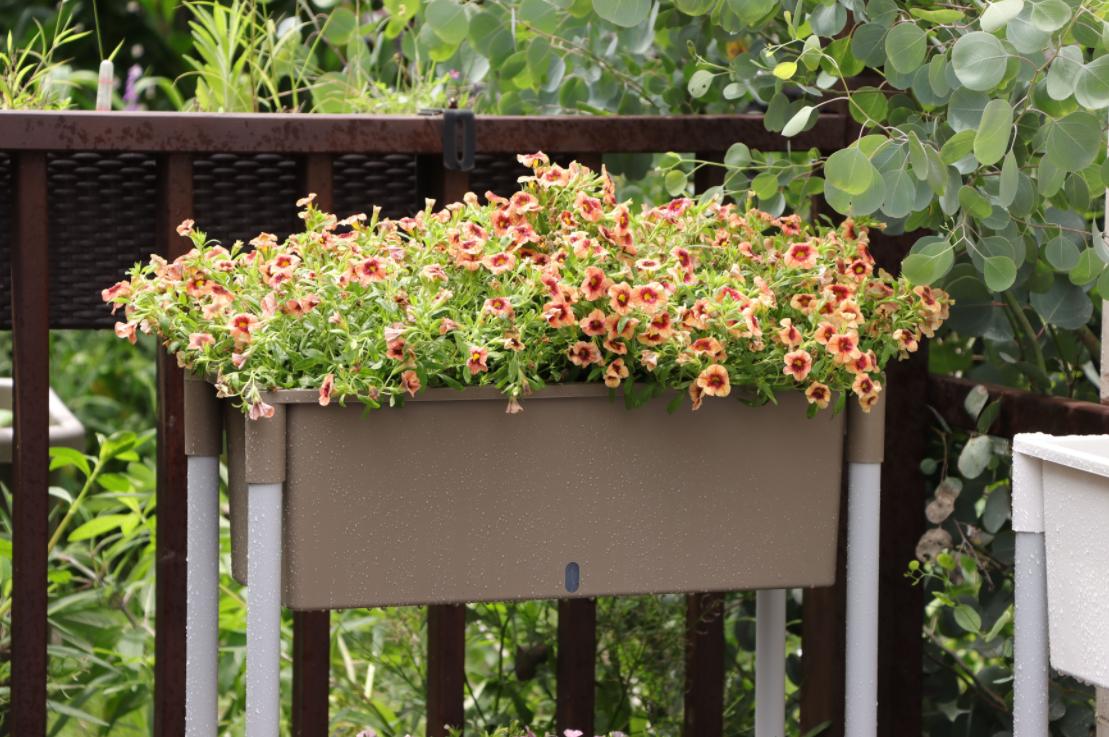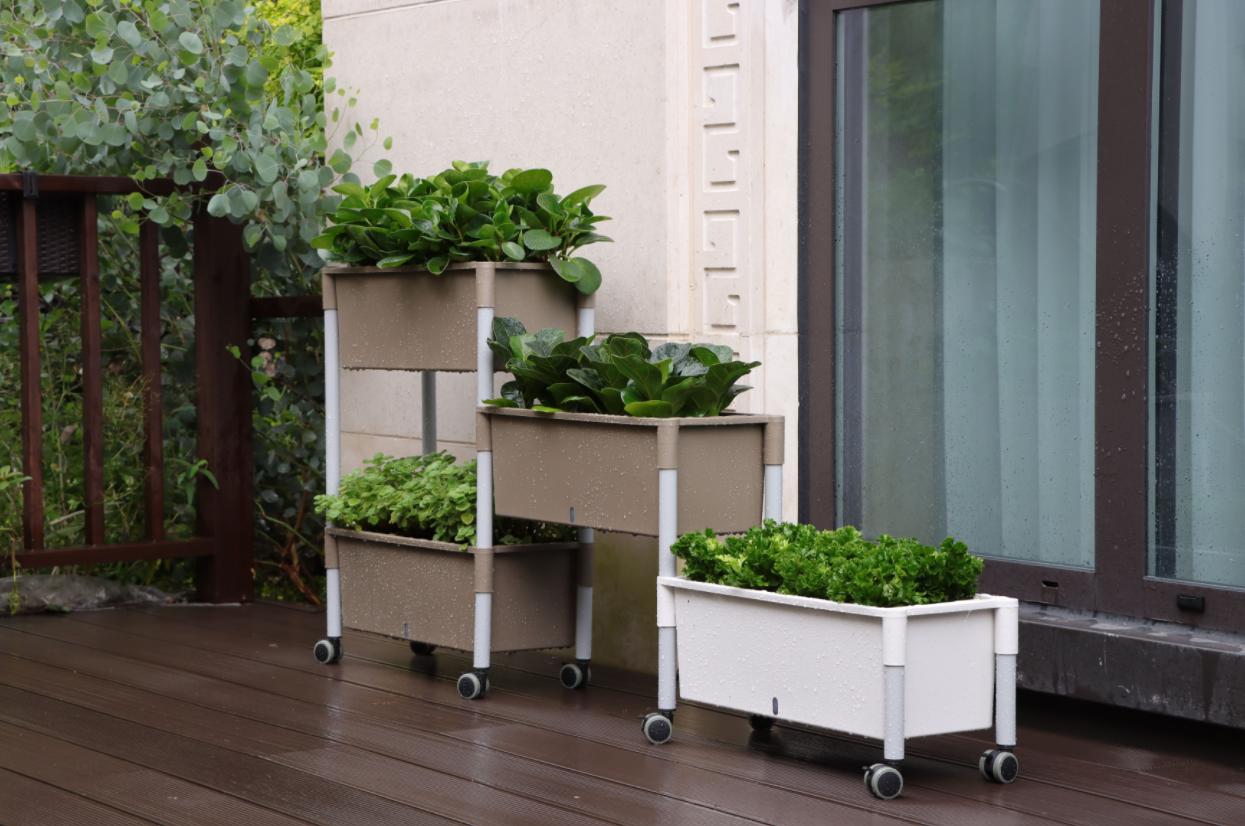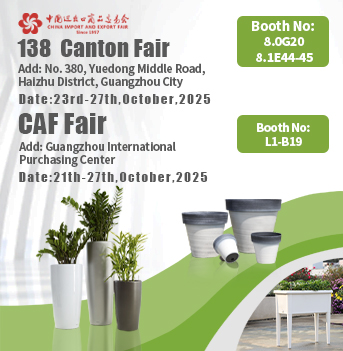When thinking about small-space horticulture, many people compare a plastic flower pot with a ZP-30 Tiered Space-Saving Vegetable Planting Pot to decide which better fits their daily gardening needs. While single containers have long been a practical option, tiered structures such as the ZP-30 offer a compact, organized way to manage multiple plants at once. This approach is especially useful for apartments, balconies, or areas where floor space is limited.
Understanding The Tiered Structure
The ZP-30 is designed with multiple layers arranged vertically, creating a cascading effect. Each level measures 52 centimeters in length and 22 centimeters in width, while the height varies depending on the chosen number of layers: from a single 20.4 cm tier up to four levels reaching 152.5 cm. This scalability provides flexibility, allowing users to adapt the system according to available space and planting needs. Unlike a single container, the tiered arrangement promotes airflow between plants and ensures that sunlight can reach different levels, which is critical for healthy growth.

Application In Everyday Living
Urban households often face the challenge of bringing greenery into limited living areas. A tiered planting pot becomes a practical solution for balconies, windowsills, or even kitchen corners. For example, someone who frequently cooks at home might dedicate the top level to fast-growing herbs like basil or mint, while the middle layers could host compact leafy greens such as lettuce. The bottom tier, with deeper soil, might be reserved for cherry tomatoes or peppers. This organization not only simplifies harvesting but also reduces the need for multiple scattered pots, keeping the space tidy.
Addressing Drainage Concerns
One common issue with traditional containers is overwatering, which can cause root damage. The ZP-30 integrates an enhanced drainage system across each tier. Built-in channels allow water to move efficiently through the soil while preventing stagnation. This feature is particularly relevant for herbs and moisture-sensitive plants, where excess water could otherwise hinder growth. Gardeners who have experienced wilting due to poor drainage in single containers often find this tiered design provides more control and consistency.
Balancing Stability And Compactness
Although it is vertically arranged, the planter is engineered for stability. Each layer interlocks securely, distributing weight evenly and preventing tipping. Even when fully planted, the footprint remains compact, which is valuable for households that want to integrate greenery without losing usable living space. The sturdy build also makes it adaptable to both indoor and outdoor environments, from balcony railings to patio corners.
Versatility In Planting Options
The soil depth in each tier accommodates a wide range of plant types. Shallow-rooted crops like strawberries fit comfortably in the upper levels, while deeper-rooted vegetables can thrive in the lower sections. This versatility enables users to experiment with companion planting—such as pairing herbs with vegetables to promote natural pest resistance—or to create visually pleasing arrangements of flowers alongside edibles. The modular nature of the pot means that each household can customize the setup according to personal preference.

Accessibility And Ease Of Care
Maintenance often becomes a limiting factor for new gardeners. The ZP-30 simplifies daily tasks by making each layer accessible without the need for bending or overreaching. Watering, pruning, and harvesting can be carried out with ease, which encourages consistency in care routines. For families introducing children to gardening, the ergonomic design reduces difficulty and promotes hands-on participation. Similarly, older adults may find the planter reduces physical strain while still enabling them to enjoy cultivating fresh produce.
Environmental And Lifestyle Considerations
Using a tiered planting system contributes to eco-friendly habits. By growing vegetables and herbs at home, households reduce dependency on packaged supermarket produce, thereby cutting down on plastic waste. For city dwellers, this also translates into fresher food options available right at the kitchen doorstep. The adaptability of the ZP-30 supports year-round cultivation, whether for salad greens in winter or flowering plants in summer, offering ongoing engagement with nature within a limited footprint.
Integrating Into Different Spaces
The neutral design of the ZP-30 allows it to blend seamlessly into diverse home settings. In modern apartments, it can complement minimalist interiors, while in outdoor patios it aligns with rustic or natural aesthetics. For educational settings, such as classrooms or community gardens, the tiered structure serves as a practical teaching tool, illustrating sustainable planting methods and efficient space use.

 English
English 日本語
日本語 Español
Español Deutsch
Deutsch عربى
عربى

